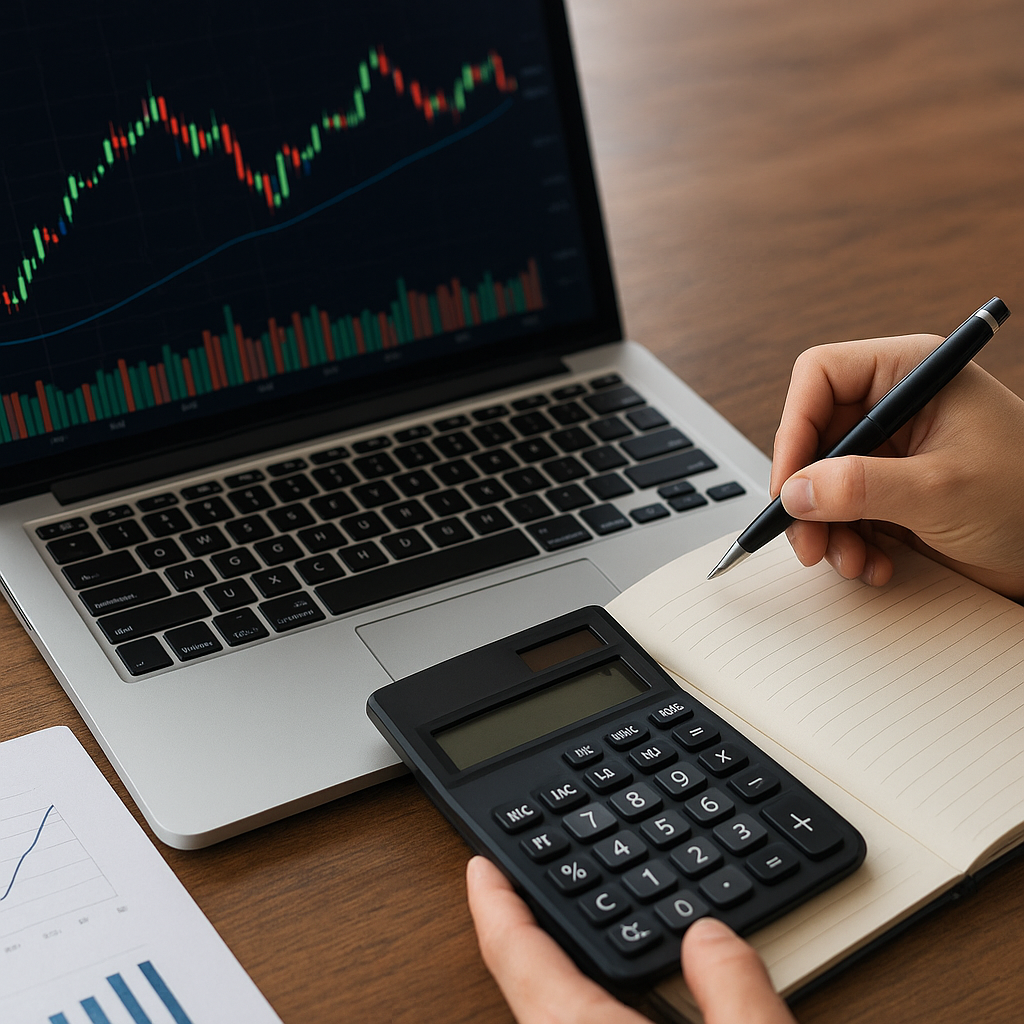Calculating accurate pip values and determining the ideal position size are fundamental skills for anyone trading currency pairs. By mastering these concepts, investors can manage risk, protect capital, and optimize profitability. This article breaks down the essential steps to compute pip values, adjust trade sizes, and integrate robust risk management strategies.
Pip Value Calculation Methodology
Every forex trader must know how to calculate the monetary value of a single pip move in a given currency pair. A pip, or “percentage in point,” represents the smallest price change a pair can make. In most major pairs, one pip equals 0.0001 of the quoted price; in yen pairs, it’s 0.01.
1. Base Formula
The core formula to find pip value in your account currency is:
- Pip Value = (One Pip / Exchange Rate) × Trade Size
Here:
- One Pip is 0.0001 for most pairs or 0.01 for JPY pairs.
- Exchange Rate refers to the current market price of the pair.
- Trade Size is measured in lot size (Standard = 100,000 units, Mini = 10,000, Micro = 1,000).
2. Example Calculation
Suppose you trade 1 Standard lot of EUR/USD at a price of 1.1200. For a standard pair:
- One Pip = 0.0001
- Exchange Rate = 1.1200
- Trade Size = 100,000
Pip Value = (0.0001 / 1.1200) × 100,000 = $8.93 per pip. This means each pip movement equals $8.93 in profit or loss.
Position Sizing Techniques
Determining the correct position size ensures traders risk a controlled percentage of their account on each trade. This prevents excessive exposure and limits potential drawdown.
1. Fixed Percentage Method
- Decide on a fixed percentage of your account you’re willing to risk (commonly 1–2%).
- Calculate your dollar risk: Account Balance × Risk Percentage.
- Divide dollar risk by pip risk (difference between entry and stop-loss in pips multiplied by pip value).
- Result is the maximum number of lots you can trade.
Example: With a $10,000 account and 1% risk, you accept a $100 loss. If your stop-loss is 50 pips and pip value is $10 per pip, maximum lot size = $100 / (50 × $10) = 0.2 lots.
2. Volatility-Based Sizing
Markets differ in volatility, which should influence your trade size. Use Average True Range (ATR) to gauge recent price swings:
- ATR provides an average pip movement over a chosen period (e.g., 14 days).
- Define risk in terms of ATR multiples (e.g., 1 ATR for tighter markets, 2 ATR for choppy pairs).
- Adjust lot size inversely to ATR so that larger swings mean smaller positions and vice versa.
Risk Management Strategies
Sound risk management is the bedrock of consistent forex trading. It encompasses maximum acceptable losses, use of protective orders, and capital preservation tactics.
1. Stop-Loss and Take-Profit Orders
- Always set a stop-loss order to cap potential losses if the market moves against you.
- Consider take-profit levels to lock in gains when your target is reached.
- Place orders based on technical levels such as support, resistance, or pivot points.
2. Leverage and Margin Control
Leverage amplifies both gains and losses. Higher leverage increases margin requirements and the risk of a margin call. Best practices include:
- Use no more than 10:1 or 20:1 leverage, even if brokers allow higher.
- Maintain a >5% free margin buffer to withstand drawdowns.
- Monitor margin utilization; adjust trade frequency when margin usage exceeds 50% of equity.
3. Diversification and Correlation
Spreading risk across uncorrelated currency pairs helps reduce portfolio volatility. Avoid overweighting similar pairs, such as EUR/USD and GBP/USD, which often move in tandem.
Practical Examples and Advanced Tips
Applying theoretical concepts in real-time markets solidifies understanding and enhances trading discipline.
1. Multi-Pair Risk Calculation
When running multiple trades, calculate aggregate risk:
- Sum dollar risk across all open positions.
- Ensure total risk does not exceed your risk tolerance (e.g., 2–5% of account equity).
- Adjust future position sizes to keep aggregate risk within limits.
2. Scaling In and Scaling Out
Instead of entering a full position at once, consider scaling:
- Scaling In: Enter partial lots at different price levels to improve average entry.
- Scaling Out: Close portions of a position as price moves in your favor to lock in profits and reduce risk.
3. Dynamic Stop Adjustments
Use trailing stops to protect gains. A trailing stop automatically moves your stop-loss order as price advances:
- Set initial stop based on technical analysis.
- Trail at a fixed pip distance or a percentage of ATR.
Mastering pip value calculations and prudent position size management empowers traders to tackle the forex markets with confidence. By combining precise mathematics with disciplined risk management, investors can preserve capital and pursue consistent returns in the dynamic world of currencies.




